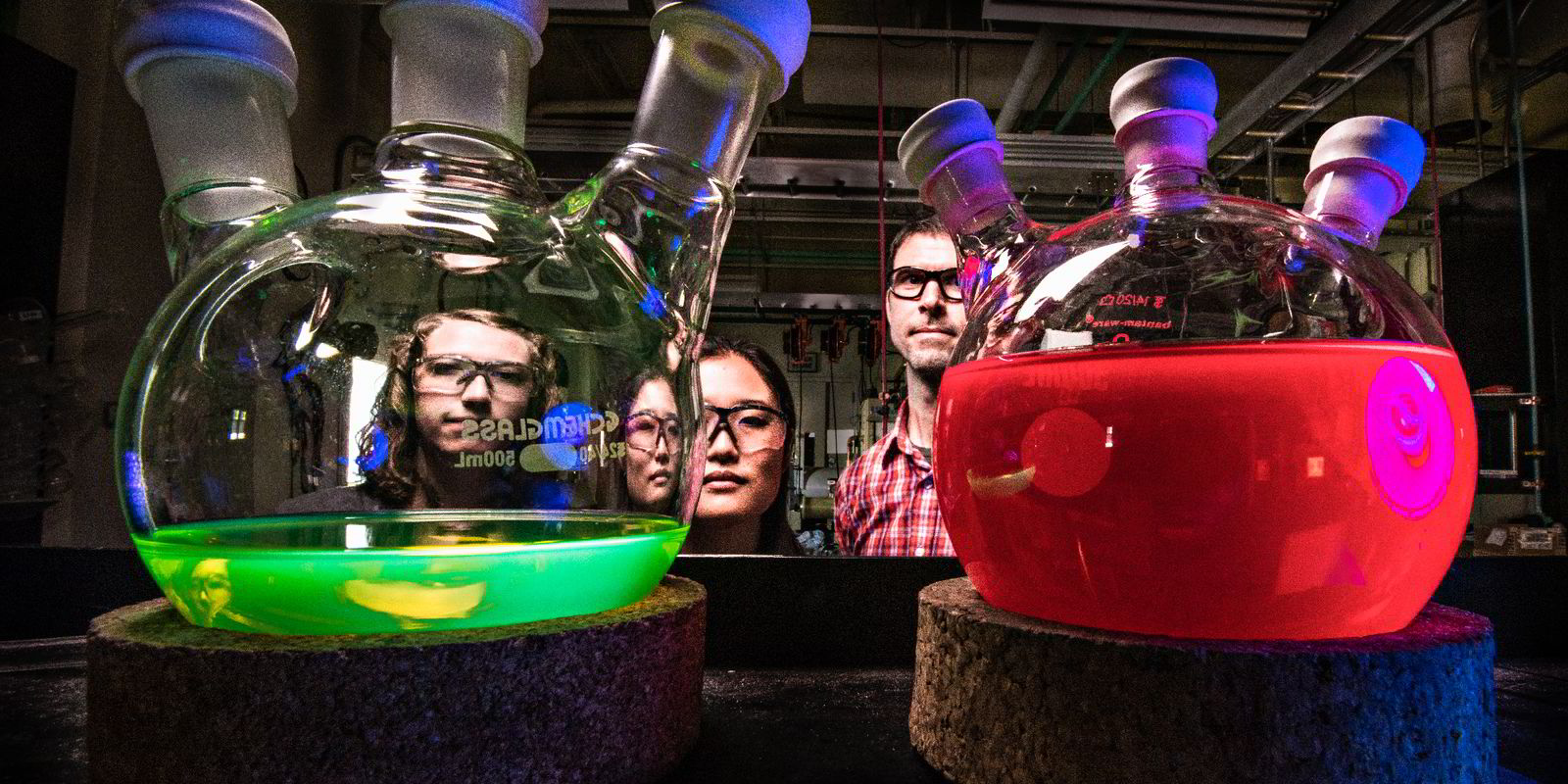The work, carried out as part of the Energy Department's Sunshot initiative, has also led to development of a method to stabilise the crystalline structure of all-inorganic perovskite material at room temperature rather than only high temperatures, a key step in commercialisation of the concept.
"Most research into perovskites has centred on a hybrid organic-inorganic structure. Since research into perovskites for photovoltaics began, their efficiency of converting sunlight into electricity has climbed steadily and now shows greater than 22% power conversion efficiency.
"However, the organic component hasn't been durable enough for the long-term use of perovskites as a solar cell," said the research team, which was led by NREL's Abhishek Swarnkar.
Use of the quantum dots – nanocrystals of cesium lead iodide (CsPbI) – removes the need for the cells unstable organic component, "opening the door" to the high-efficiency perovskite cell that can operate at temperatures ranging from far below zero Fahrenheit to well over 600F.
"Contrary to the bulk version of CsPbI, the nanocrystals were found to be stable not only at temperatures exceeding 600F but also at room temperatures and at hundreds of degrees below zero," said the NREL researchers.
"The bulk version of this material is unstable at room temperature, where photovoltaics normally operate and convert very quickly to an undesired crystal structure."
The 10.77% efficiency is close to that of record quantum dot solar cells of other materials and surpasses other reported all-inorganic perovskite cells.
Until recently, perovskites – a group of compounds that are very good at absorbing the sun's visible and infra-red light, but are unstable, dissolving in water or high humidity – were viewed as an experimental photovoltaic material, with a niche group of laboratories creating cells with efficiencies of only 4%.
New approaches to cell design have led to a transformative improvement in the economics of the technology, making it increasingly competitive with market-dominant crystalline silicon (CSi) and thin-film, which boast efficiencies of 17-23%.
A report earlier this year from US-based analysts Lux suggest recent advances in perovskite PV could lead to commercial roll-out of the technology "between 2019-21".

